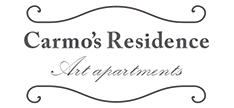The City
The Artists
The Artists
3ª Sonata - Largo
Photography
Here we highlight Américo Ribeiro (1906-1992), whose estate can be seen in the Casa de Bocage archive, Rua Edmond Bartissol no 12. He was born and lived in the city, having served as a social and sports reporter, leaving as a legacy important records in other areas (monuments, landscapes and people), some of which can be seen in some public spaces (restaurants, cafes, shops, etc.).
Setúbal has always been represented, at a national and international level, by some individuals, relevant throughout several periods in various areas. Not wanting to be thorough, I should point out the following in alphabetical and chronological order:
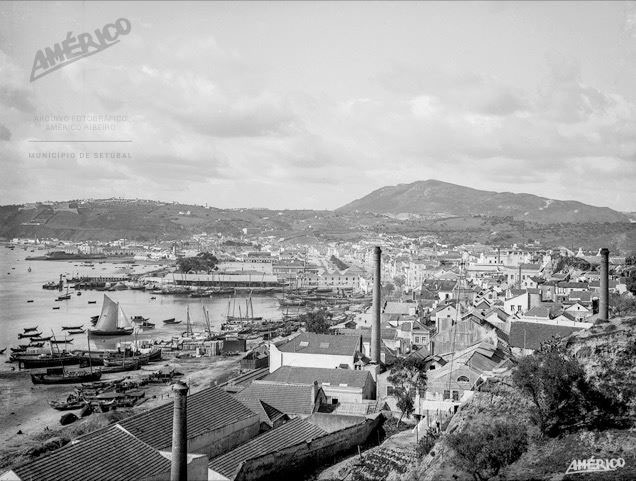
“Porto de Setúbal” em 1928
The Artists
Setúbal has always been represented, at a national and international level, by some individuals, relevant throughout several periods in various areas. Not wanting to be thorough, I should point out the following in alphabetical and chronological order:
3ª Sonata - Largo
Photography

“Porto de Setúbal” em 1928
Here we highlight Américo Ribeiro (1906-1992), whose estate can be seen in the Casa de Bocage archive, Rua Edmond Bartissol no 12. He was born and lived in the city, having served as a social and sports reporter, leaving as a legacy important records in other areas (monuments, landscapes and people), some of which can be seen in some public spaces (restaurants, cafes, shops, etc.).
Music
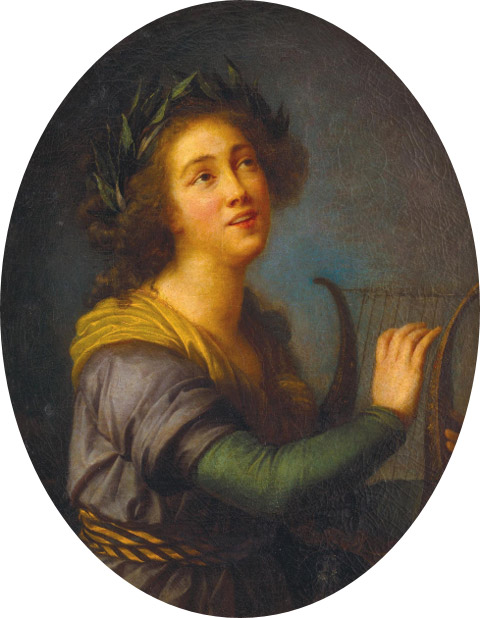
“Luísa Todi”, 1789 by Élisabeth de Brun (1755-1842). MNAA National Museum of Ancient Art, Lisbon
Without a doubt, the most important figure was lyrical singer Luisa Todi (1753, Setúbal – 1833, Lisbon). She was always surrounded by musicians, including her father, Manuel Aguiar, a music teacher and a musician, and her husband, Francesco Todi, a Naples native was a renowned composer and violinist. She was a student of another Neapolitan (of Spanish origin), David Perez, a Portuguese court musician during the reign of King Joseph I of Portugal. Todi toured the theaters of some major European cities (London, Paris, Versailles, Vienna, Berlin, Bonn, St. Petersburg, Venice, Genoa, Padua, Bergamo, Milan, Turin, etc.) with great success, where she performed for the most varied of audiences, including the great Ludwig van Beethoven. She has a bust on the main city avenue, as well as a cinema-theater named after her. The house she was born in, located on the fishing neighbourhood Troino, will be converted into a museum.
Also worthy of mention is singer/songwriter José Afonso (Aveiro, 1929 – Setúbal, 1987) one of the leading figures of Coimbra’s Fado, and author of intervention music during the dictatorial regime that prevailed before the Revolution of April 25, 1974. He was arrested by PIDE, The Polícia Internacional e de Defesa do Estado (“International and State Defence Police”). He spent his childhood in Angola and Mozambique, having obtained a degree in Coimbra. He spent his last years in Azeitão and died in the São Bernardo Hospital, Setúbal from a degenerative neurological disease. It is still possible to find LPs and CDs in specialty stores; some of his songs are truly emblematic, such as “Grândola Vila Morena”, having served as a broadcast password in the early hours of the 25th of April, the military coup that would allow the installation of a democratic regime in Portugal.
Poetry
The first distinguished poet is Agostinho Pimenta, also known by Friar Agostinho da Cruz (Ponte da Barca, 1540 – Setúbal, 1619). He was an Arrabidian friar, and stayed in convents in Sintra and Algés. There was a famous college with his name that closed its doors in the late 1970s.
The most prominent person was undoubtedly Bocage (Manuel Maria Barbosa du Bocage, or “Elmano Sadino”, Setúbal, 1765 – Lisbon, 1805). Of French ancestry on his mother’s side (niece of well-known Welsh poetess), a language that he spoke and allowed him to translate several and important works. An incorrigible bohemian, he had a very similar life trajectory to that of Camões, whom he admired greatly. He also lived in India and Macao. He was arrested several times by the Inquisition. His birthday, the 15th of September, is a Municipal Holiday. The main city square is named after him, and you will find a statue in his honour on top of a column, right in front of City Hall.
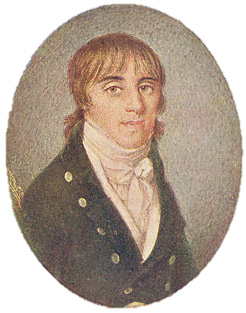
“Bocage”, 18th century painting, author unknown
We should also mention popular poet António Maria Eusébio (known as “Calafate” or “Cantador de Setúbal”, 1819-1911). He lived in the city his whole life and was a naval carpenter. António received his due recognition very late in life. You can find his bust in the city’s central park, Parque do Bonfim.
The 20th century brings us Sebastião Artur Cardoso da Gama (Vila Nogueira de Azeitão, 1924 – Lisbon, 1952). He was a Portuguese professor and collaborated on several literary publications. Sebastião da Gama became known for praising his “Serra Mãe”, Serra da Arrábida. He died of tuberculosis at a young age, like some of his famous peers. You will find an interesting House-Museum in the parish he was born in, and one of the most important secondary schools is named after him.
Painting
The first name deserving of a mention is that of José António Benedito de Faria e Barros (known as “Morgado de Setúbal”, Mafra, 1752 – Setúbal, 1809). He was self taught and made a name for himself as a versatile and recognized artist, he is currently represented in some national museums.
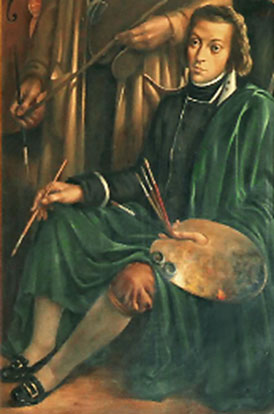 “Retrato do Pintor” in a detail of a triptych titled “Setubalenses illustres”, located in the noble hall of the City Hall, by Rick Morais, unknown date
“Retrato do Pintor” in a detail of a triptych titled “Setubalenses illustres”, located in the noble hall of the City Hall, by Rick Morais, unknown date
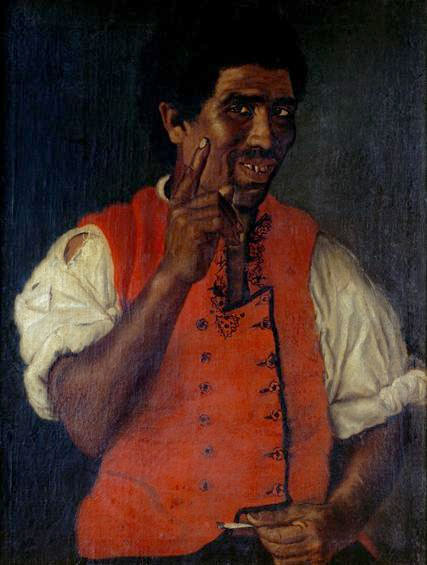
“Retrato de um negro” 18th century, by Morgado de Setúbal
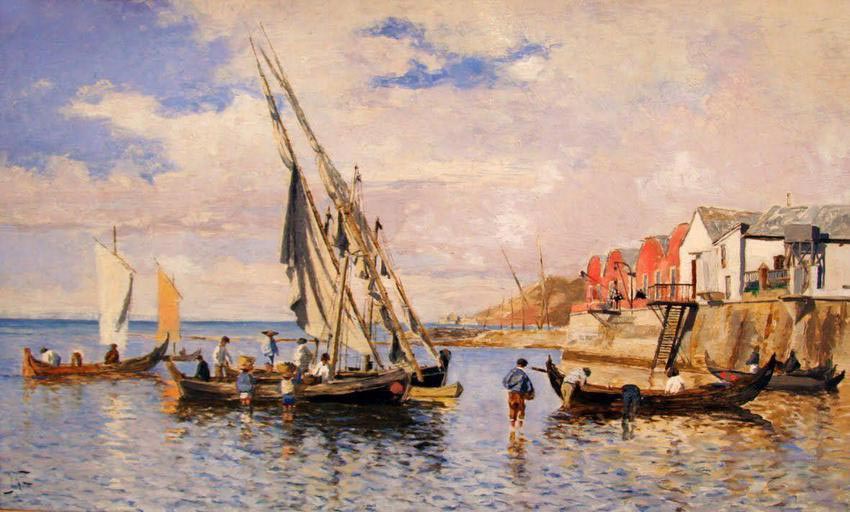
“Cais de Setúbal” 19th and 20th century
Then we have painter João José Vaz (Setúbal, 1859 – Lisbon, 1931). He was part of the celebrated “Grupo do Leão”, which included some of the most important painters of the late 19th century (such as the Bordalo Pinheiro-Rafael and Columbano Brothers, António Ramalho, Silva Porto and José Malhoa) as well as several writers and poets. João left prolix work, where landscapes and frescoes are highlighted in several public buildings. He has a bust in one of the town squares.
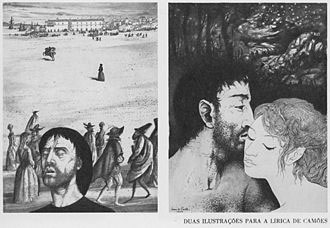 We should also highlight Mestre Lima de Freitas (Setúbal, 1927 – Lisbon, 1998). He was essentially a surrealist painter and was also recognized as an illustrator, having left a lasting impression in such works as “Don Quixote”, “Os Lusíadas”, or “El Bobo”.
We should also highlight Mestre Lima de Freitas (Setúbal, 1927 – Lisbon, 1998). He was essentially a surrealist painter and was also recognized as an illustrator, having left a lasting impression in such works as “Don Quixote”, “Os Lusíadas”, or “El Bobo”.
“Ilustrações” for the lyrical poetry of Camões, 1960

Follow us:

Adress:
Rua Álvaro Castelões, 49 - 1º e 2º
2900-215 Setúbal
Phone: (+351) 919 385 254
E-mail: geral@homematch.pt
Google Translate
